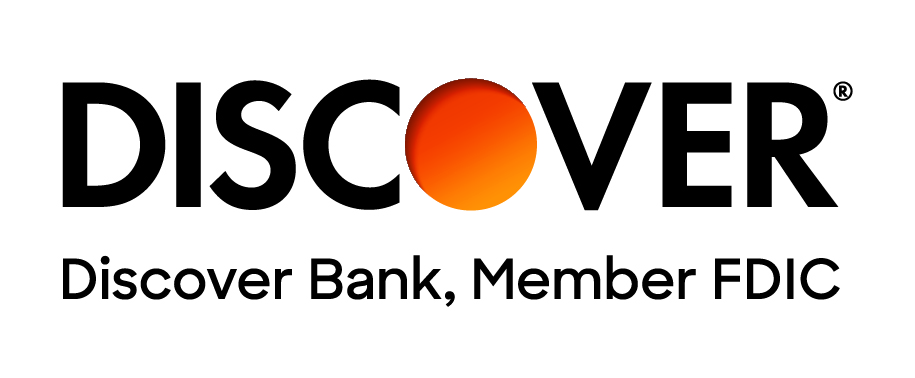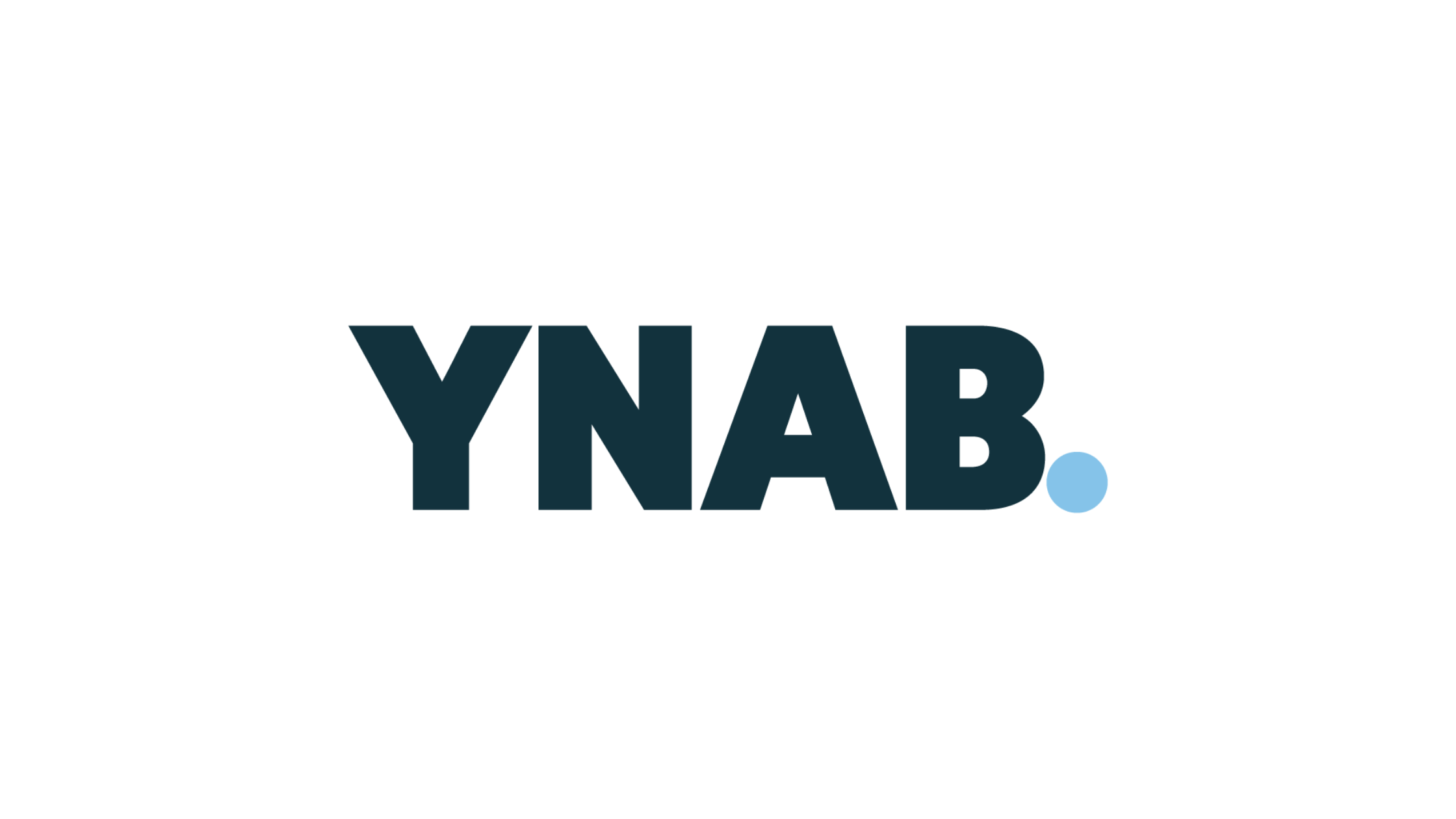Subscription services have become a major part of how we live our lives today. From streaming platforms and meal kits to fitness apps and music subscriptions, they offer so much convenience and are easy to sign up for with just a click. But here’s the thing—those small monthly charges can sneak up on you. Over time, they add up, and before you know it, they might be eating into your budget without you even realizing it.
The issue here is that you might forget about some subscriptions or barely use others, leaving money going out for things you don’t even need or use. Could these unnoticed costs be quietly creating financial challenges for you? Stay mindful and take control before those little charges turn into a bigger issue.
Common Types of Subscriptions
Subscriptions are everywhere these days, designed to suit your interests, needs, and lifestyle. While they make life more convenient, they can easily pile up without you realizing it. Here are some common types of subscriptions and examples of each:
Streaming Services
Entertainment is at your fingertips with platforms like Netflix, Hulu, and Spotify. Whether it’s binge-watching your favorite shows or streaming music, these services bring endless options right into your home.
Fitness & Wellness Apps
Fitness subscriptions have taken off, with options like Peloton for cycling enthusiasts, meditation apps to reduce stress, and home workout platforms offering guided classes. They’re great for staying active and healthy right from home.
Meal Kit Subscriptions
For busy individuals, meal kit services like HelloFresh and Blue Apron deliver fresh ingredients and easy-to-follow recipes straight to your door. They simplify cooking and save you trips to the grocery store.
Online Shopping Memberships
Services like Amazon Prime and Walmart+ offer perks such as free shipping, exclusive deals, and faster delivery. These subscriptions make shopping more convenient, but they might encourage spending more than intended.
Gaming & Software Services
Gamers and creatives have access to subscriptions like Xbox Live for online multiplayer gaming and Adobe Creative Cloud for professional design tools. These subscriptions cater to entertainment or creative work but can be costly over time.
Niche Subscriptions
There’s a subscription for just about everything—monthly subscription boxes for beauty products, snacks, or hobbies; digital magazine subscriptions; or even learning apps for new skills. These cater to very specific interests, which makes them tempting.
Each subscription is designed to make your life easier or more enjoyable, which is why they’re so popular. However, with so many available, it’s easy to sign up for multiple ones that cater to different hobbies or needs.
Over time, this can lead to several recurring charges, creating financial stress if not monitored carefully. Stay mindful of your spending, and regularly review which services you actually use to keep your budget in check!
Financial Impacts of Recurring Charges
Recurring subscriptions might seem like small, manageable expenses at first, but over a year, they can really add up. On average, a person can spend anywhere from $640 to over $1,500 annually on subscription services. These can include streaming platforms, app memberships, or even meal delivery services.
The convenience of automatic billing makes it easy to lose track of what you’re being charged for, especially if multiple subscriptions renew on different dates. Without careful monitoring, these recurring charges can slip under the radar, quietly draining your bank account month after month.
Subscriptions That Go Unused or Underused
It’s surprisingly common to pay for subscriptions and barely use them. Studies show that nearly 42% of people forget about at least one active subscription they’re paying for. For instance, think about the gym membership you signed up for at the start of the year that now goes unused, or the streaming service you subscribed to just to binge one show but haven’t touched in months.
These underutilized or forgotten subscriptions lead to money wasted on services you’re not benefiting from, effectively creating unwanted debt. Over time, these forgotten charges add up and take a bigger toll than you might expect, especially if they go unchecked for years. By staying on top of where your money goes and canceling subscriptions you no longer use, you can protect your finances and avoid unnecessary financial stress.
Solutions for Managing Subscription-Related Debt
Tackling subscription-based debt starts with taking control of your spending habits and staying organized. Here are some effective strategies to help you minimize recurring costs and keep your finances on track:
Tracking Tools
Use free or budget-friendly apps, like Truebill, to organize and track all your active subscriptions. These apps can help you visualize where your money is going and even identify forgotten or duplicate services. For another approach, you can set up alerts through your bank or credit card to notify you when subscription charges hit your account, ensuring nothing slips through the cracks.
Smart Cancellation Strategies
Evaluate your subscriptions and cancel anything you rarely use. Focus on keeping only those that truly add value, whether it's for work, personal development, or entertainment. If you enjoy free trials, use them wisely—set reminders to cancel before the trial period ends to avoid unexpected charges.
Consolidating Services
Reduce costs by bundling services or opting for family plans. For instance, many streaming platforms offer discounted bundles for multiple services, and shared family plans allow you to split the cost with others. This can save you money while ensuring everyone benefits.
Prioritizing Essentials
Separate the “must-haves” from the “nice-to-haves.” Essential subscriptions, like health-related apps or software, should take priority over entertainment options. Regularly reassess your subscriptions to ensure they align with your current needs and budget. If your lifestyle changes—such as going back to school or switching jobs—adjust your subscriptions accordingly.
Set Realistic Limits
Create a budget specifically for subscriptions and stick to it. This will help you avoid overcommitting and keep your spending under control. Decide on a monthly limit for all subscription services and monitor it carefully to ensure you’re not exceeding your set threshold.
By staying proactive, regularly reviewing your subscriptions, and making thoughtful cuts, you can effectively manage subscription-related debt and free up more money for what matters most. These steps will help you take control of recurring costs and maintain a healthier financial foundation.







